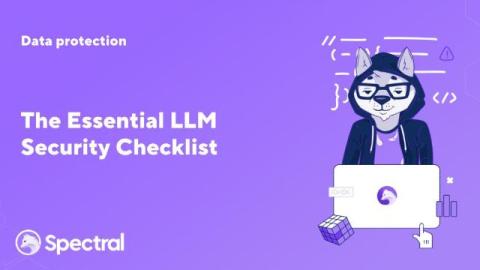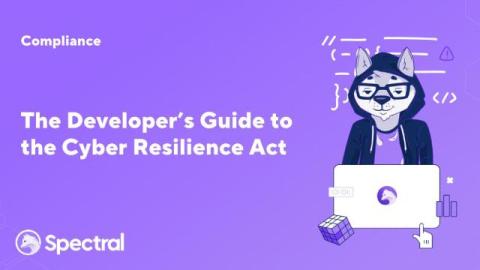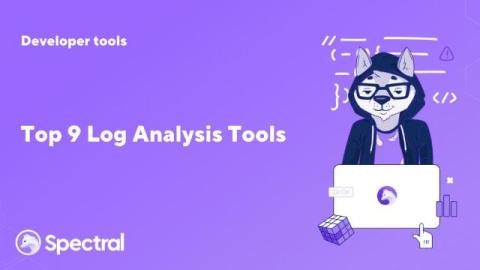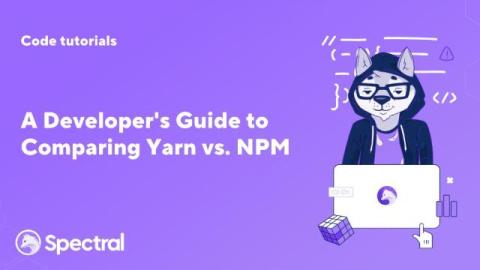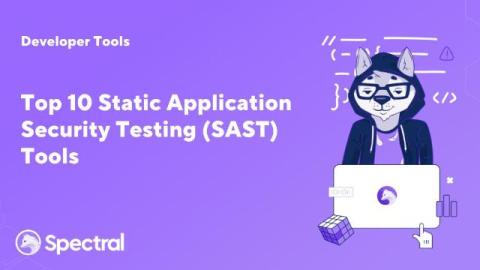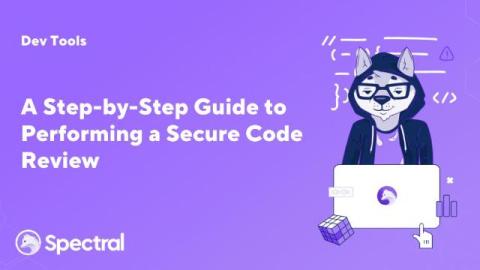The Essential LLM Security Checklist
Large language models (LLMs) are transforming how we work and are quickly becoming a core part of how businesses operate. But as these powerful models become more embedded, they also become prime targets for cybercriminals. The risk of exploitation is growing by the day. More than 67% of organizations have already incorporated LLMs into their operations in some way – and over half of all data engineers are planning to deploy an LLM to production within the next year.


